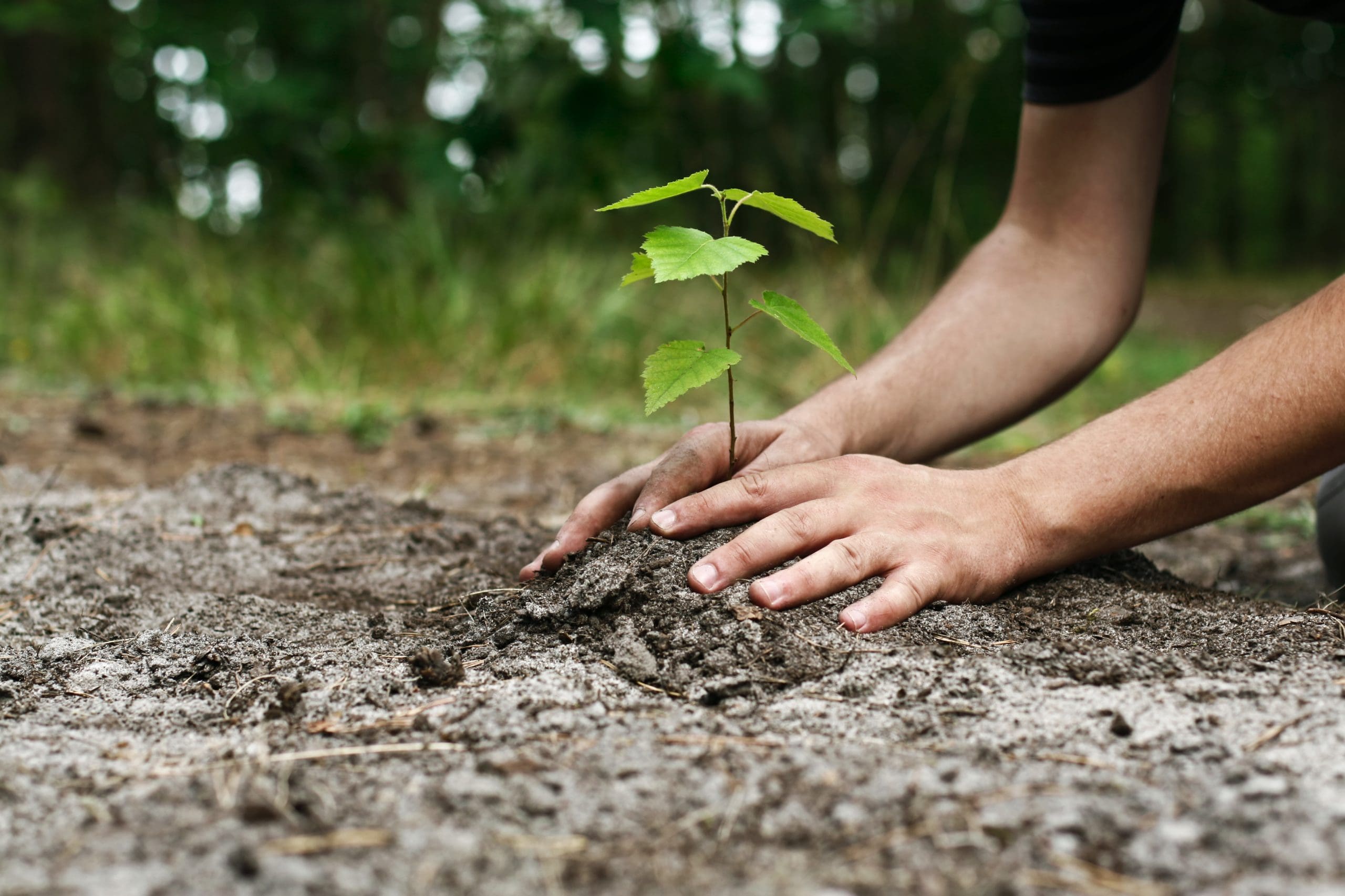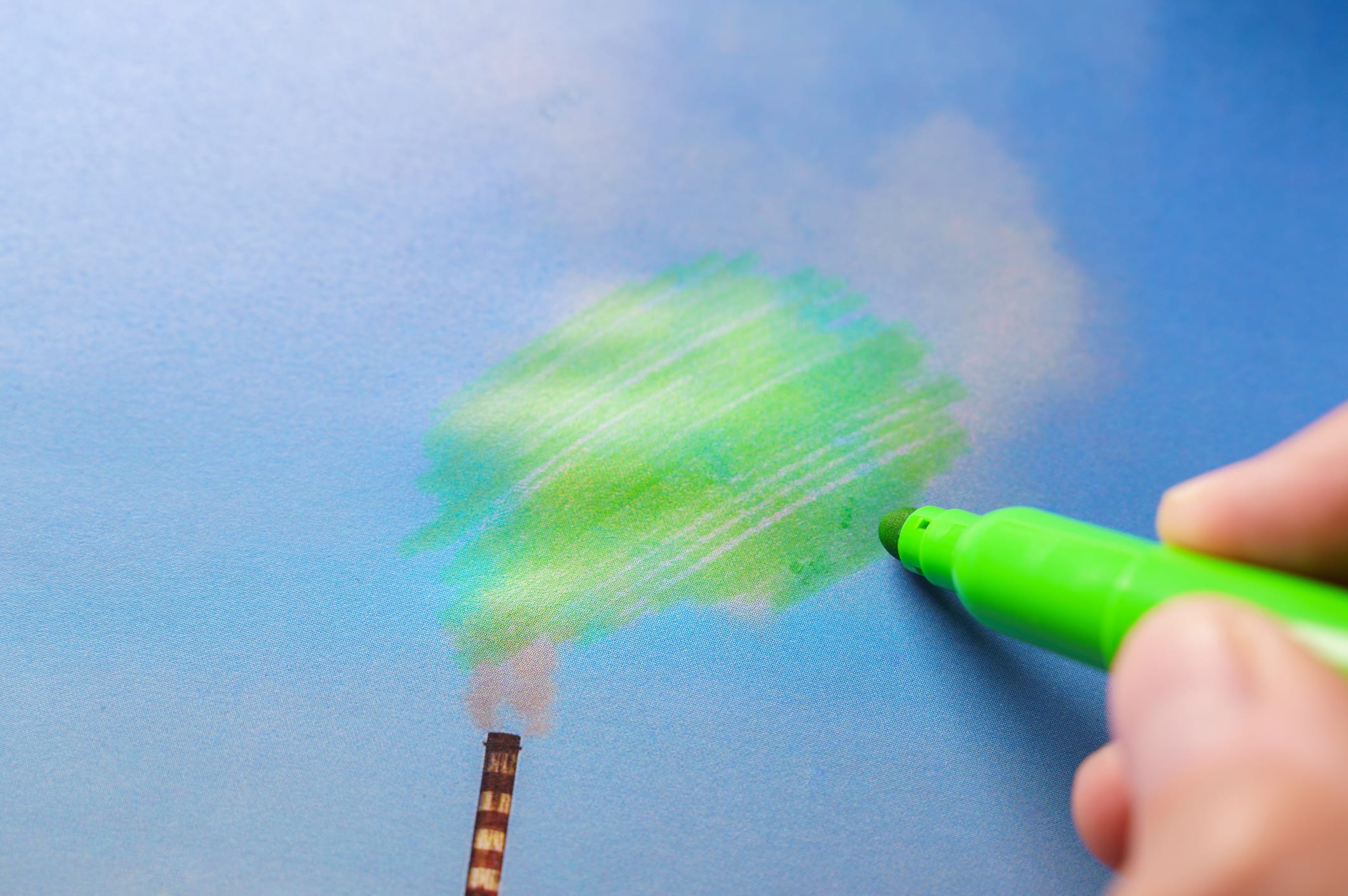Written by Madie, staff member, Halifax Central Library
You're making better choices
You've probably purchased something in an effort to be more environmentally-conscious, from reusable drinking straws to items made with recycled materials to locally-grown produce. But how do you know something is actually good for the planet? And how do you know that a company or brand actually cares about reducing its impact on the environment rather than selling their products using whatever means necessary? Simply put, sometimes it’s really hard to tell.
So, what if a company tries to sell a product by making it seem like it is eco-conscious when in reality it’s not?
This is called greenwashing, and it’s becoming more common as consumers like you are trying to do your best to choose environmentally-friendly or sustainable products. Companies recognize that sustainability sells, and they might try to cash in without actually providing a sustainable product.

What is greenwashing?
There are many examples of greenwashing, but here are just a few to look out for:
Using misleading buzz words
Greenwashing campaigns often include buzz words like eco-friendly, natural, biodegradable, or green. A lot of these words are catchy and make misleading claims that are not backed up or regulated.
For instance, the term biodegradable refers to anything that can break down naturally BUT there is no time limit for how long this can take. So, an item can take 500 years to break down and could still be labelled biodegradable!
Unplanned tree planting

A new initiative many companies are taking nowadays is planting a tree for every item sold. This action seems like a win-win, right? Well, it depends.
A lot of time and energy goes in to planting trees, and not every tree is created equally. It’s important that there is a clear plan in place, one that includes things like where the trees will be planted, what species of tree will be planted and whether it is native to the area, how the trees will be maintained or cared for after planting, etc. If a company doesn’t clearly state this information, it might be greenwashing.
Recyclable bottles not recycled
Some companies recognize that their product is not eco-friendly, but will still make claims to change the consumer’s perception.
For example, a recent lawsuit, opens a new window against Coca Cola was filed on the grounds that the company was promoting their “100% recyclable plastic bottles,” when in reality many municipal recycling programs cannot accept these bottles, their caps or even their labels. This was considered false advertising and in violation of marketing regulations.
Tips to avoid greenwashing

All of this information can seem daunting in the face of hundreds of products we choose from every day, but there are some tips to help guide you in your purchases:
- Look for third-party certifications from organizations, such as B Corporation, Fair Trade, or Ecocert. Although not all sustainable or eco-friendly products will have one of these certifications, it’s a good place to start.
- Try apps or websites that can check brands, products or ingredients for eco-friendliness, such as Close The Loop, opens a new window, Ethical Barcode, opens a new window, and Good on You, opens a new window.
- Do some research on what materials, ingredients, or production methods are actually good for the planet. Websites like Environmental Working Group, opens a new window have lots of information about this.
- Ask questions and trust your common sense. Try taking a closer look at the packaging, label, or ingredients to see if something doesn’t add up. Maybe the product has trendy bamboo outer packaging, but it actually has a plastic-lined interior. Or maybe the label is coloured green with pictures of plants on it, but this could be a marketing ploy. It doesn’t automatically mean the product has any sustainable or eco-friendly merits.
- Use what you already have and only buy what you need! One of the best ways to avoid greenwashing is to reduce your purchases of new items and use up the stuff you have at home.
Now, you can shop with confidence
With these tips, you can now identify greenwashing and take steps to live a more sustainable life. We can all make changes to help keep our planet clean and healthy, and whatever you can do right now, however small, can make a difference.
This blog post is a part of the Library's commitment to be a resource for climate action, opens a new window for everyone.![]()



Add a comment to: Greenwashing: What is it, and How Can You Spot It?